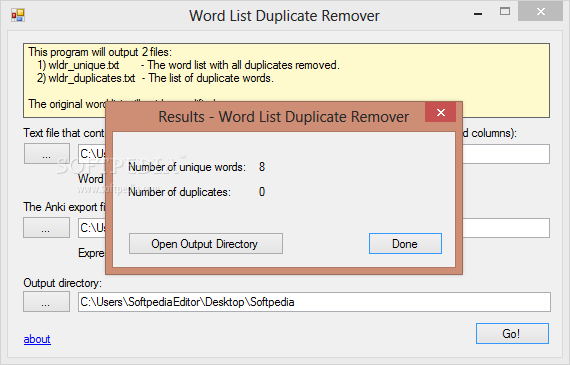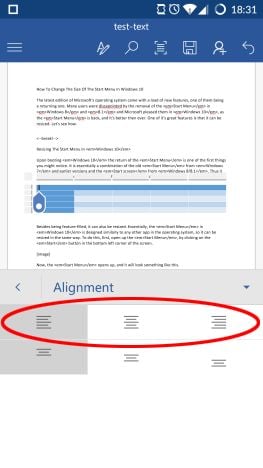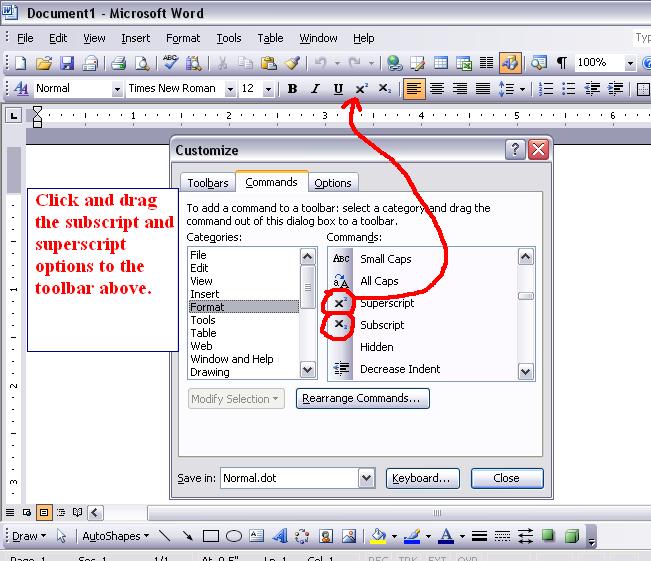
Microsoft Excel provides more functionality and data manipulation capabilities than Microsoft Word provides when creating a chart or graph.

Create chart or graph in Microsoft Excel and copy to Microsoft Word

If you need to update the chart data after closing the spreadsheet window, you can re-open the spreadsheet window by right-clicking the chart and selecting the Edit Data option.
When finished modifying the chart, close the spreadsheet window. As you modify the columns, rows, and values in the spreadsheet window, the chart or graph in Microsoft Word automatically updates and display the new or changed data. In the spreadsheet window, add, remove, or modify the columns and rows of data to include the data points and values you want your chart to display. A Chart in Microsoft Word window also opens, which looks like a Microsoft Excel spreadsheet. A basic version of the selected chart or graph type, with sample data, is added to the document. Once the Insert Chart window is open, select the type of chart or graph you want to create, then click the OK button. In the Illustrations section, click the Chart option. In the Ribbon bar at the top, click the Insert tab. To create and insert a chart or graph directly in Microsoft Word, follow the steps below. Like in Microsoft Excel, Microsoft Word provides the capability of creating a chart or graph and adding to your document. Create chart or graph in Microsoft Excel and copy to Microsoft Word.Ĭreate chart or graph directly in Microsoft Word. Create chart or graph directly in Microsoft Word. To apply a heading style, select the text you want to format, then choose the desired heading in the Styles group on the Home tab. In the table of contents above, each chapter uses a heading style, so there are four sections. When you insert the table of contents, it will create a section for each heading. If you apply a heading style, you're telling Word that you've started a new part of your document. Styles also serve another important purpose: adding a hidden layer of organization and structure to your document. 
If you've already read our Applying and Modifying Styles lesson, you know they're an easy way to add professional text formatting to different parts of your document. However, with the right formatting, Word can create and update a table of contents automatically. And if you ever decide to rearrange your sections or add more information, you'll have to update everything all over again.

You could create a table of contents manually-typing the section names and page numbers-but it would take a lot of work.








 0 kommentar(er)
0 kommentar(er)
